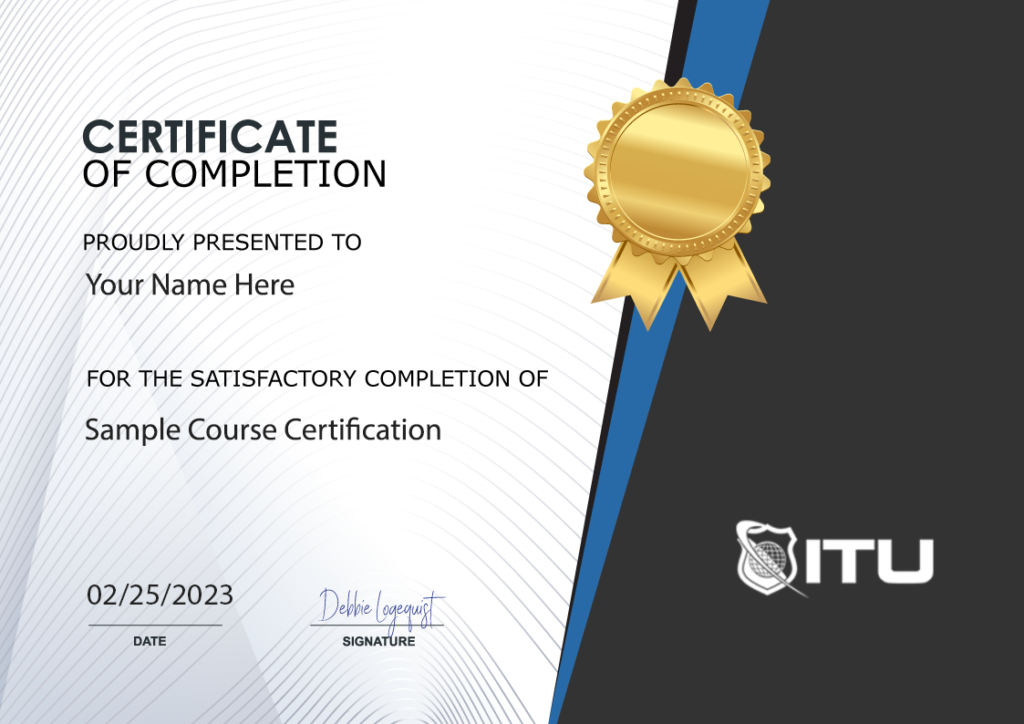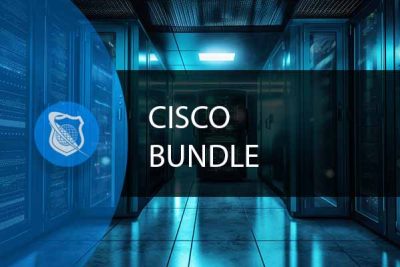
Lifetime
An ITU Online Training exclusive. The only Buy Once, Never Pay for IT training again program available. Plus, get all new and updated content for life.

With an All-Access Pass, you get access to every current and future ITU course. Access over 2,500 hours of on-demand IT Training 24/7. With over 13,000 on-demand training videos and 19,000+ practice questions, you'll have the tools to excel in the critical IT skills needed to elevate your IT Career. Our All-Access pass is available in three affordable plans.
Paris is the capital of France.
Tokyo is the capital of Japan.
Most Popular
Categories


With an All-Access Pass, you get access to every current and future ITU course. Access over 2,500 hours of on-demand IT Training 24/7. With over 13,000 on-demand training videos and 19,000+ practice questions, you'll have the tools to excel in the critical IT skills needed to elevate your IT Career. Our All-Access pass is available in three affordable plans.

ITU provides a vast array of IT-focused on-demand training designed to help you excel in both entry-level and advanced IT skills. Browse our most popular training or take a deper dive into our robust catalog of training categories.
Popular Courses All Categories





The 11-course Cisco Master Training Bundle is a complete resource for all your Cisco training needs. This bundle will give you the skills needed to master the most popular Cisco certifications available today.
Included In This Course
Closed Captions
Certificate of Completion
Course Description
Networking is the foundation of the IT world, and Cisco training certification is a demonstration that you have the skills and expertise to succeed in this field. If you work as an IT professional focused on networking, more likely than not your career will bring you into contact with Cisco systems at some stage.
Our Cisco training series provides students with an in-depth knowledge of working with one of the most powerful and respected technologies. Cisco certifications in the IT industry and some of the most sought-after certifications available in the IT field today! Cisco Certifications bring valuable, measurable rewards to network professionals, their managers, and the organizations that employ them. The 11-course Cisco Master Training Bundle is a complete resource for all your Cisco training needs. This bundle will give you the skills needed to master the most popular Cisco certifications available today.
Prepare for success with Cisco Certification Training! Our comprehensive program offers skill-based courses that will help you get the most out of your learning experience, no matter what level or path you’re on. Unlock new opportunities in IT and network engineering by refining your skills today!
Achieving a Cisco certification is an excellent way for networking professionals to boost their marketability and take on more responsibility. The four levels of certifications include Entry, Associate, Professional (CCNP), and the highest level – Expert (CCIE). For those starting out in this field, they can begin with entry-level or associate-level certifications before progressing onto professional-level training programs. By pursuing the CCIE coursework specifically designed by Cisco experts, you will soon become an expert yourself as you reach the pinnacle of your career path!
Cisco entry-level certifications are ideal for new professionals seeking to advance their skills and knowledge in networking. Individually, these credentials provide valuable insight into the fundamentals of IT which can help propel you towards Associate-level certification and give you a leg up on others vying for success in your chosen field.
Cisco Associate certifications confirm the expertise and abilities that networking professionals acquire in their first twelve months of work. IT experts rely on associate-level qualifications to progress from technical or junior specialists to higher-ranking or specialized network administrator roles. With these certifications, you can take your career to a whole new level!
With Cisco Professional certifications, IT professionals can hone their skills and take on elevated roles as network engineers or Tier 3 technicians. This level is the perfect opportunity to showcase your expertise while expanding your career.
The Ultimate Cisco Training Series includes 11 comprehensive courses designed to provide you with the skills needed to master the most popular Cisco certifications available today. This includes 202 training hours, 757 videos, 146 topics, and 1,790 practice questions.
You can access the Ultimate Cisco Training Series and over 2,500 hours of on-demand content with the All Access Monthly Subscription. The subscription starts with a 7-day free trial and you can cancel anytime.
Cisco certification is a demonstration of your proficiency in networking fundamentals and concepts. Being Cisco certified assures employers of your expertise in installing, configuring, operating, and troubleshooting routed and switched networks. It also equips professionals with the knowledge needed to handle real-world networking issues in large organizations.
Achieving a Cisco certification can put your career on a fast track. It provides better visibility for your job profile, allows you to perform a variety of advanced networking tasks with increased responsibility, and can speed up the promotion process. Many firms, especially Cisco partners, prefer to hire Cisco certified professionals, and the more certifications you achieve, the better your salary may be.
Although the experience varies from person to person, the average professional with a Cisco certification can expect a significant increase in salary. With an average starting pay of more than $50,000 annually, achieving a Cisco certification could mean a substantial financial improvement even after considering the opportunity cost of preparation time.
The Ultimate Cisco Training Series is beneficial for IT professionals focused on networking. Whether you are a beginner or an experienced professional, the comprehensive program offers skill-based courses that will help you get the most out of your learning experience, no matter what level or path you’re on. The training series can unlock new opportunities in IT and network engineering by refining your skills.

Course Outline
Chris is a Sr. Cisco Instructor and leading consultant for clients throughout the U.S. Chris has over 15 years’ experience as a network engineer and 5 additional years as an instructor. Chris has worked at the service provider/partner level throughout his career, working with national and global clients to solve complex business problems through the use of technology and IT training solutions. Working with Chris, you will see a true industry expert with experience, drive, and patience unparalleled in the industry.
David has been a professional IT instructor for the past four years for the US Army. He teaches a broad range of certification courses ranging from CompTIA, Microsoft to Cisco and EC-Council. Prior to working with the US Army, David worked as a Jr. Network Admin and Web Services Manager with KCTCS in Kentucky. He performed multiple jobs being on the IT team. Additionally, David taught part-time during the evening at the college, where he instructed on Active Directory, Introduction to Computers, and Networking. David has 18 years of IT experience, 17 professional IT certifications, and 8 years of teaching experience.
Start this course for free with our 10-day trial of the all-access subscription providing access to over 2,600 hours of training.
$79.00 $47.40

Monthly All-Access Subscription
7 Days Free - $39.00 / month
A great option at an affordable monthly price.
Annual All-Access Subscription
$229 / year
A discounted price when paying for your All Access library on an annual basis.
Lifetime All-Access Library
$379 One time payment
Exceptional Value. Pay once, never have to buy IT training again.
$49.00
This course is designed to provide six hours of training and 45 videos that will equip you with the knowledge and skills needed to create network diagrams, explain basic networking concepts, understand switches and routers, comprehend OSI models, gain insight into wide area (WAN) and local area networks (LAN), master wireless networking strategies ,and develop IP addressing proficiency.
$49.00
With more than a billion devices estimated by Microsoft to make use of this platform, having these certifications will give you an edge above other applicants and employers alike. our Microsoft 70-697: Configuring Windows Devices (Windows 10) online training course will get you prepared to pass the exam.
$49.00
ITUs course is designed for the Microsoft 70-688 Exam focusing on configuring and supporting Windows 8 computers within a network.

Unlock endless learning opportunities with over 2,500 hours of IT training at our lowest price ever. Plus, get all new and updated online courses for free while your subscription remains active.
Cancel at your convenience. This exceptional deal on IT training provides you access to high-quality IT education at the lowest monthly subscription rate in the market. Boost your IT skills and join our journey towards a smarter tomorrow.
Mary Beth helped me. She was wonderful.